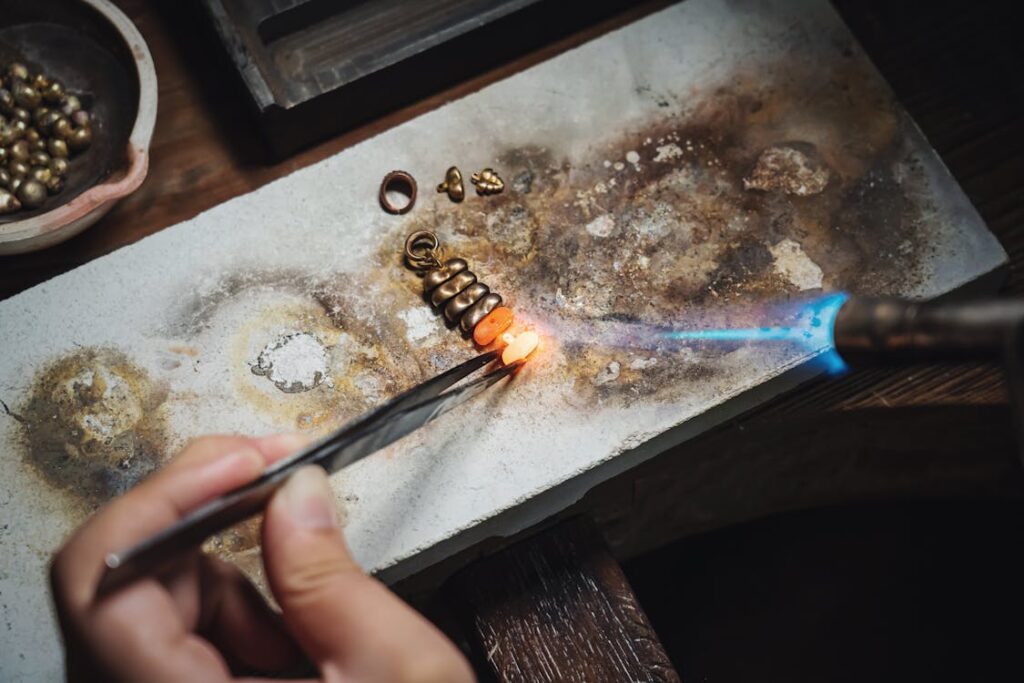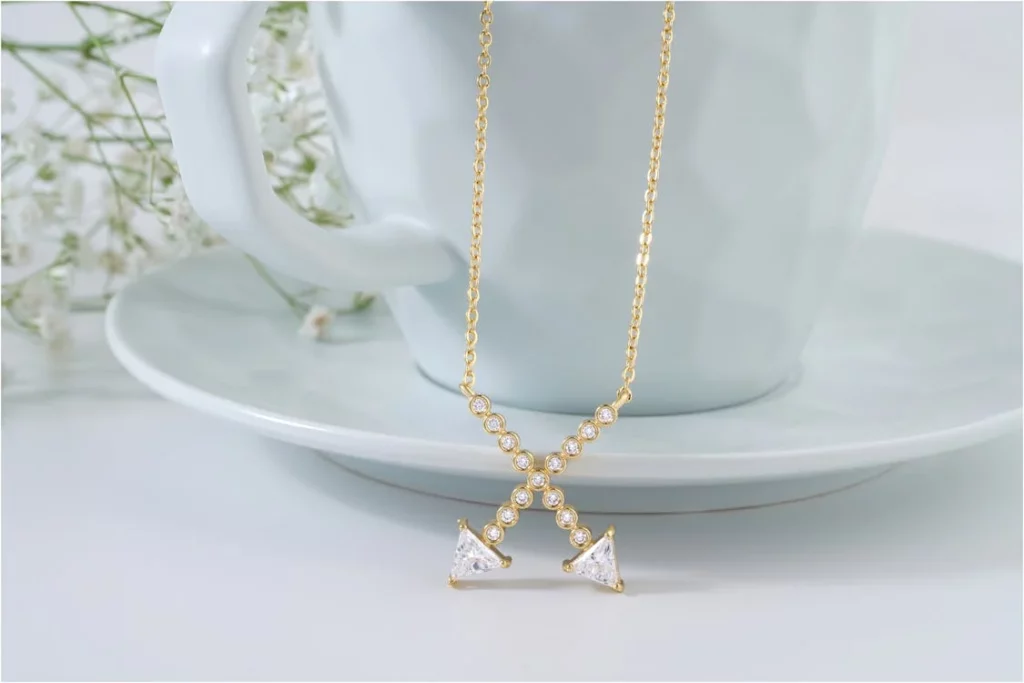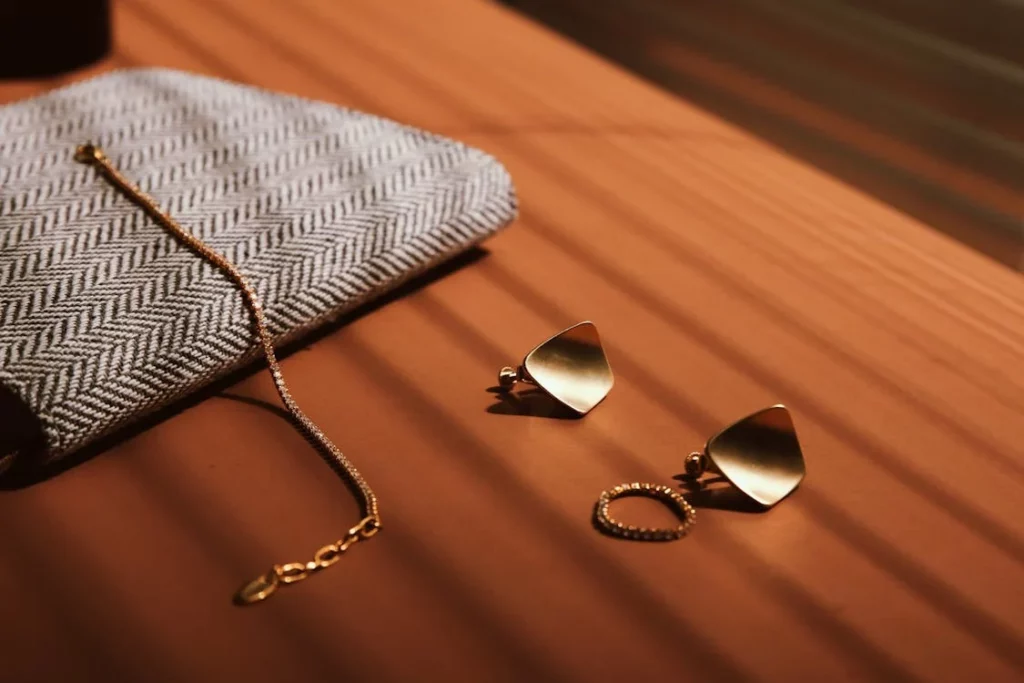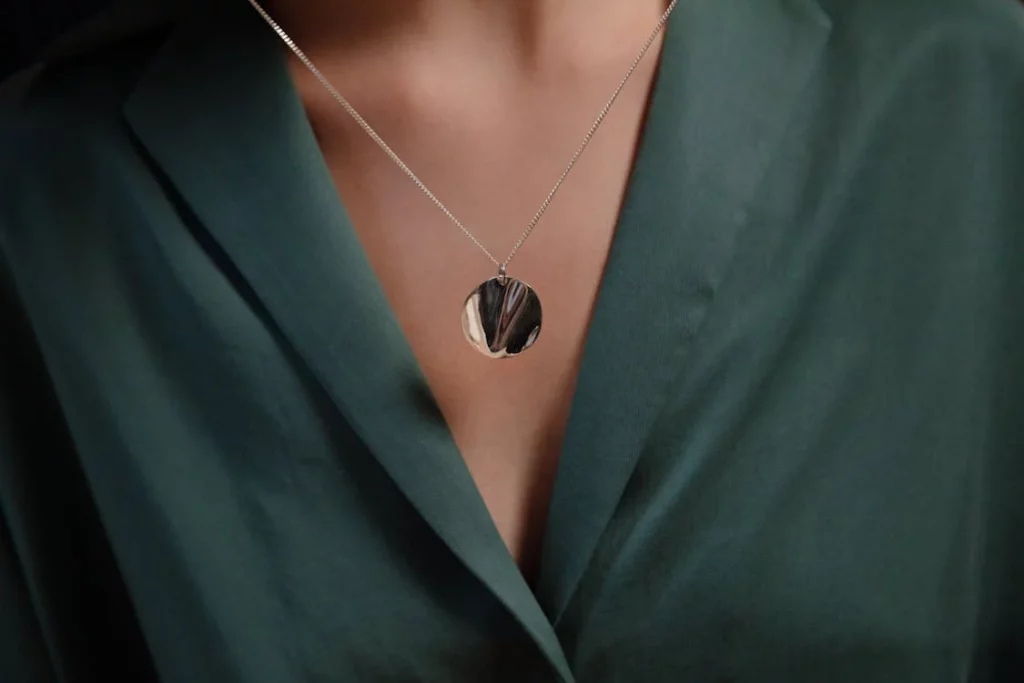Sterling silver has long been cherished for its luster, elegance, and versatility, making it a favorite in the world of jewelry. But as with all things beautiful, there’s often a layer of mystery that surrounds its care and maintenance. One question that frequently arises among silver enthusiasts is whether 925 silver waterproof. Can you wear your beloved silver jewelry while swimming, or will it succumb to the elements, losing its charm? Let’s dive deeper into the enigma of 925 silver and its relationship with water.
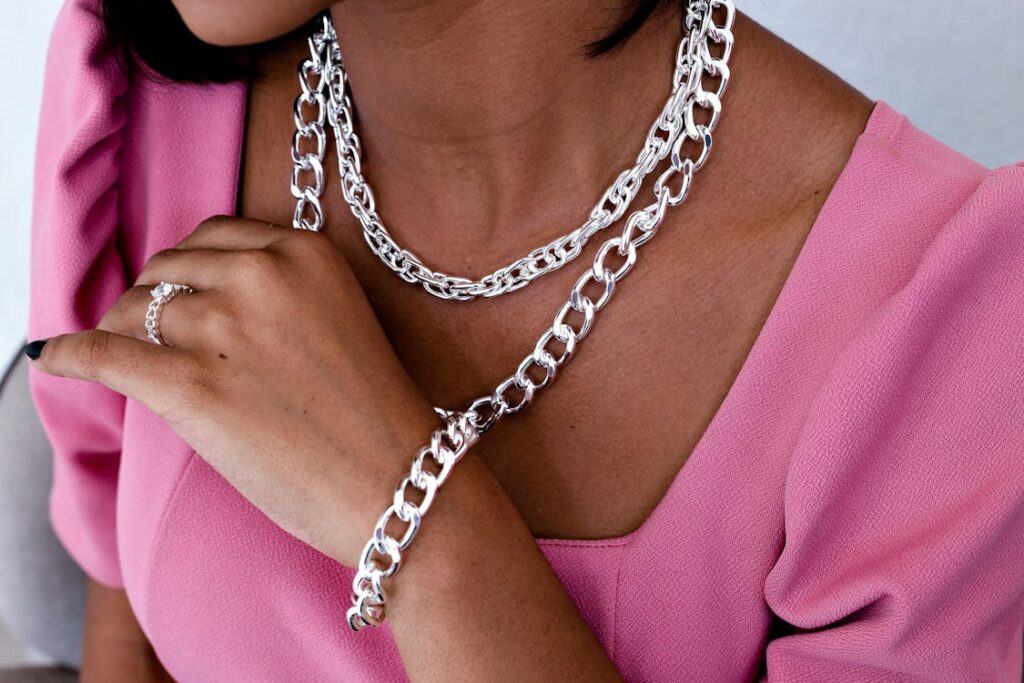
What Is Sterling Silver 925?
925 argent, also known as sterling silver, is not pure silver but rather an alloy. Composed of 92.5% argent et 7.5% autres métaux, généralement en cuivre, this composition enhances the metal’s strength and durability, making it more suitable for crafting intricate jewelry pieces. The number ‘925’ is a hallmark, a guarantee of the silver’s purity.
Why 925 Silver Is Popular?
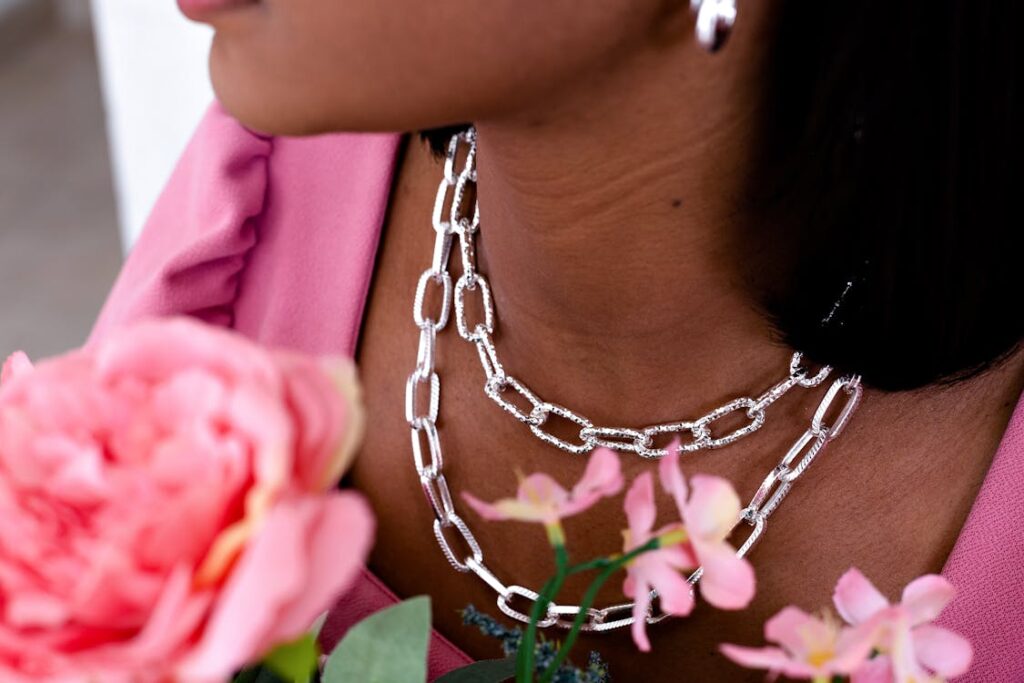
argent sterling 925 has earned its place as a top choice in the world of jewelry, thanks to its unique blend of beauty and practicality. Here’s why this metal remains so popular:
- It is strong enough for daily wear.
- It is luxurious yet reasonably priced.
- It is safe for sensitive skin types.
- It is adaptable to various design styles.
- It is always fashionable and elegant.
- It is simple to clean and polish.
- It is perfect for intricate jewelry designs.
How 925 Silver Reacts to Water?
Eau, in its purest form, poses little threat to 925 argent. Cependant, the reality of water exposure is far more complex. Argent, particularly when alloyed with copper, is prone to tarnishing when exposed to certain elements in water, such as chlorine, salts, and chemicals. Over time, these substances can react with the copper in sterling silver, leading to discoloration or a dulling of the metal’s surface. Thus, while occasional contact with water may not cause immediate damage, prolonged exposure can compromise the metal’s integrity and aesthetic appeal.
Myth vs. Reality: Est 925 Sterling Silver Waterproof Indeed?
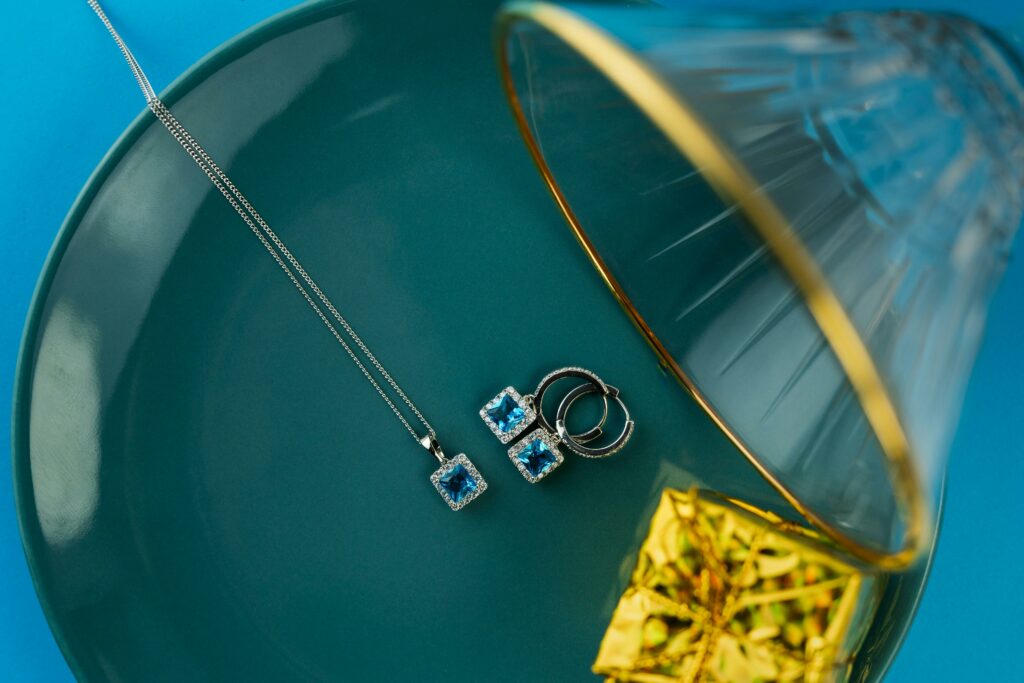
We’ve all heard the advice to take off your jewelry before a swim, but what if you don’t want to? When it comes to swimproof jewelry, especially 925 argent, there’s a lot of mixed information out there. Let’s dive into the myths and uncover the reality of how waterproof it really is.
What Does “Étanche” Really Mean for Your Jewelry?
The term “waterproof” is often misunderstood when it comes to jewelry. True waterproofing implies that an object can withstand water exposure indefinitely without any adverse effects. In the case of 925 argent, it’s important to differentiate between waterproof and water-resistant. Alors que 925 silver may resist water to a certain extent, calling it waterproof would be a misnomer. Continuous exposure to water, especially water containing chemicals or salts, can lead to tarnishing or even corrosion over time.
Water Resistance vs. Étanche: Quelle est la différence?
Water resistance refers to an item’s ability to resist water penetration to a certain extent, whereas waterproof means the item is impervious to water. argent sterling 925, being water-resistant, can handle brief encounters with water, such as washing hands or a light drizzle. Cependant, it is not designed to be submerged in water for extended periods, as it lacks the properties to be truly waterproof.
Common Misconceptions about 925 Silver and Water
A prevalent misconception is that 925 silver is completely impervious to water because of its metal composition. While it’s true that silver does not rust like iron, it is susceptible to tarnishing when exposed to moisture and air. Another common belief is that rinsing or swimming with silver jewelry will cleanse it, but in reality, it often accelerates the tarnishing process, especially in chlorinated or saltwater environments.
Can You Swim with 925 Silver Jewelry?
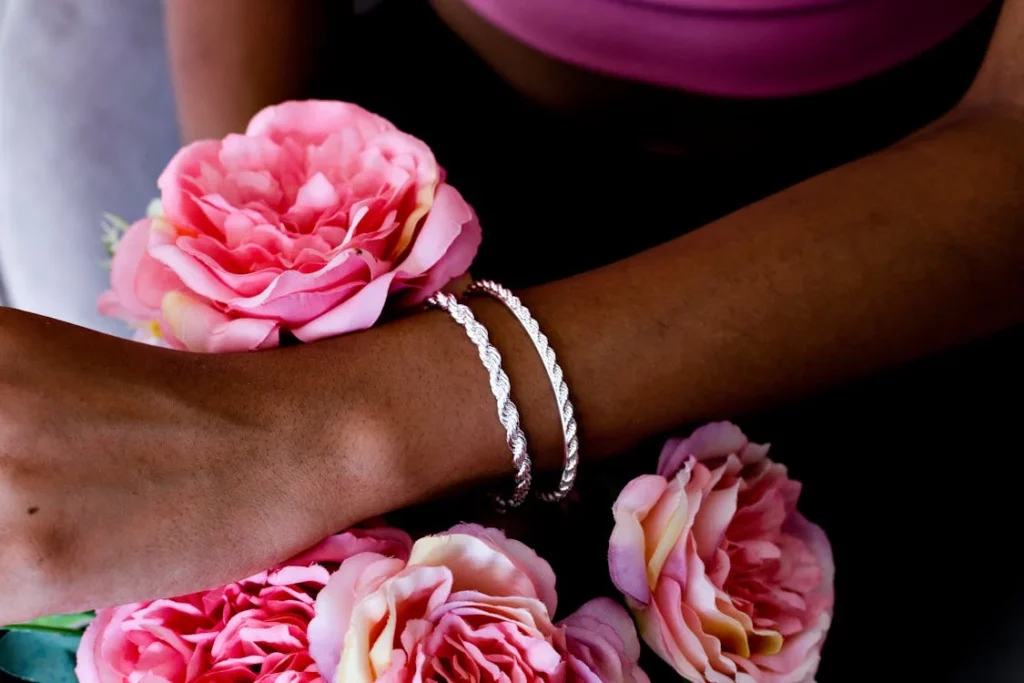
If you’ve ever wondered whether it’s safe to swim with your 925 bijoux en argent, you’re not alone. Let’s explore how different water types can affect this beloved metal.
How Chlorine Can Tarnish or Damage Your Jewelry?
Chlorine is a potent chemical found in swimming pools, and while it’s great for keeping the water clean, it’s not so great for your sterling silver jewelry. Chlorine reacts with the copper in 925 argent, leading to a chemical reaction that can cause significant tarnishing or even structural damage over time. This reaction can turn your shiny silver into a dull, blackened piece of metal. Donc, it’s advisable to remove any 925 silver jewelry before taking a dip in the pool.
How Does Saltwater Impact the 925 Silve’s Integrity?
Eau salée, like chlorine, can be detrimental to sterling silver. The salt in the water accelerates the tarnishing process, leading to a quicker degradation of the metal’s surface. De plus, saltwater can erode the polished finish of silver jewelry, making it appear dull and lackluster. Regular exposure to saltwater can weaken the metal, making it more prone to scratches and other forms of damage. For those who love the ocean, it’s wise to leave your silver jewelry on the shore.
Alternatives to 925 Silver for Water Enthusiasts
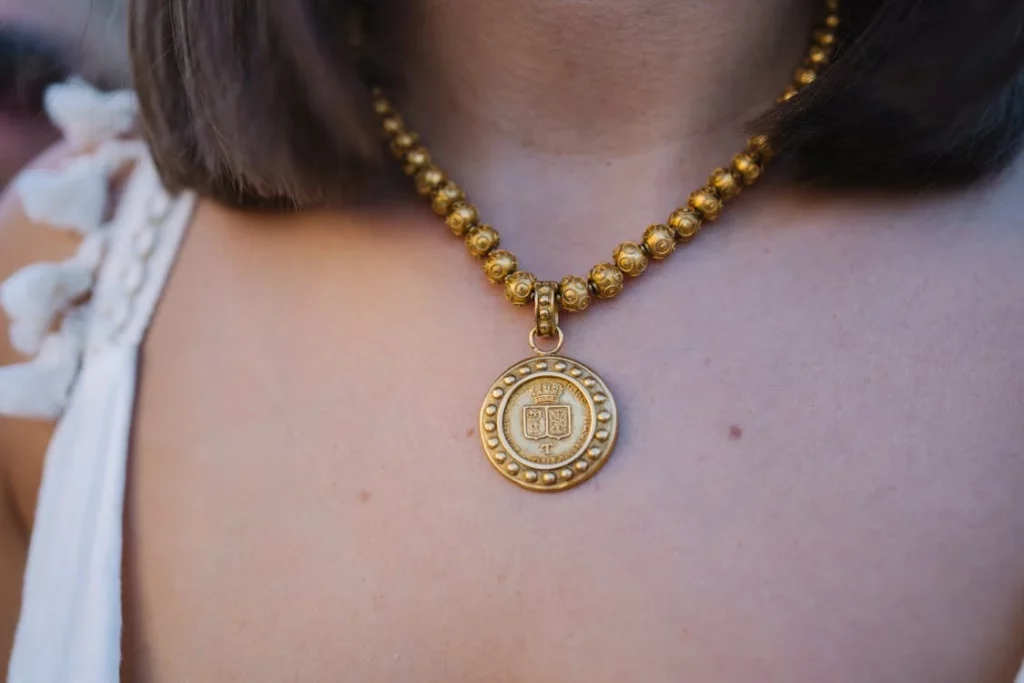
For those who can’t resist the allure of the ocean or pool but still want to accessorize, there are alternatives to 925 argent. Acier inoxydable, titanium, and platinum are excellent options, as they boast higher resistance to water and corrosion. These metals retain their shine and structural integrity even when exposed to harsh environments. En plus, or, especially higher karat options, is less reactive with water and chemicals, making it a suitable choice for jewelry that’s regularly submerged.
Conclusion
We all love a good swim, but what about wearing jewelry while taking a dip? If you’re wondering whether 925 silver can handle water or if you need something more durable, a waterproof jewelry company might be your answer. Whether you opt for 925 silver waterproof pieces or explore other water-resistant options, choosing the right jewelry ensures it stays looking great no matter how often you’re in the water.


